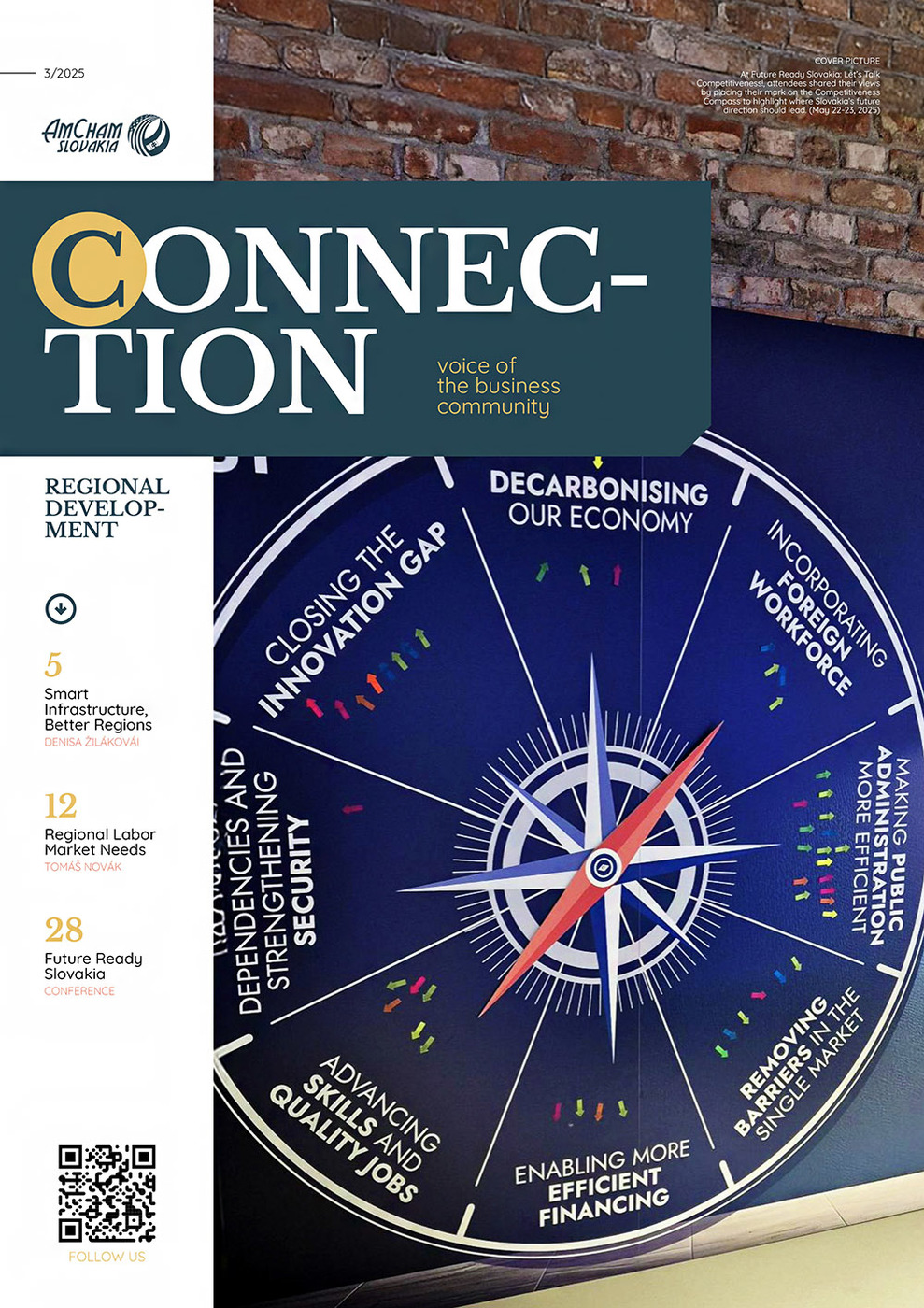Eastern Slovakia, particularly the Košice region, continues to face significant challenges in its labor market. As of late 2024, the regional unemployment rate stood at approximately 8%, making it one of the highest in the country.
At the same time, employers are struggling to fill key vacancies, especially in roles requiring higher qualifications. According to a recent survey, 73% of employers report difficulties in finding highly skilled candidates—an issue that extends well beyond the tech industry. While sectors like IT and manufacturing are among those most affected by the workforce shortage, labor deficits also impact logistics, construction, and various service sectors.
Such disconnection between labor supply and demand results from a combination of several factors: an aging population, the relocation of young talent to western Slovakia or abroad, uncompetitive or unattractive working conditions, compounded by the social and economic marginalization of certain population groups.
This stagnation is slowing the region’s long-term economic progress. To address this, a combination of targeted immigration policies and the implementation of the EU’s Pay Transparency Directive could provide a much-needed boost. Together, these measures could help build a more resilient, inclusive regional labor market—and, ultimately, support sustainable growth in the regions.
Introducing foreign workers into the regional workforce may present a viable solution to the labor shortage. In recent years, Slovakia has seen a notable rise in the number of foreign workers, many of whom have taken up positions in manufacturing-heavy areas, filling roles that locals often avoid. Moreover, a growing number of companies are leveraging the expertise of highly qualified foreign professionals to drive innovation and development. Regions like Košice and broader Eastern Slovakia, however, have yet to fully capitalize on this potential.
Foreign labor can address immediate workforce gaps and boost broader regional demand for goods and services. For example, foreign workers have already demonstrated their value in western Slovakia, particularly in the automotive sector. Replicating this model in the East could meet employers’ needs and stimulate stagnant local economies.
In response to the increasing demand for foreign talent, the Slovak government adopted a legislative change of the respective laws in July 2024 aimed at improving the country’s competitiveness in attracting international workers. Among the key changes was a reform of the EU Blue Card, making it more appealing through relaxed eligibility criteria and expanded access for a wider range of professionals. While bureaucratic processes in hiring non-EU nationals remain lengthy, progress has been made. Though immigration alone cannot resolve all structural labor market issues, well-managed foreign workforce integration can play a vital role in addressing skill gaps and supporting regional economic recovery.
Alongside the new immigration measures, a parallel transformation is set to take place through pay transparency. The European Union’s Pay Transparency Directive, due for implementation by 2026, aims to reduce gender pay gaps and promote greater fairness in the workplace.
For Eastern Slovakia, where many workers report feeling undervalued, the new transparency rules can be a game-changer. Under the Directive, employers will be required to disclose salary ranges in job advertisements and will be prohibited from asking candidates about their previous earnings. Employees will have the right to request information about average pay levels by category of workers, and larger employers will be obligated to publicly report on their gender pay gaps.
Transparent pay practices have the potential to restore trust between employers and employees, making job offers more attractive—not only for local job seekers but also for foreign candidates considering relocation. In a competitive labor market, companies that adopt fair and open compensation structures are more likely to attract and retain skilled workers.
Beyond improving recruitment processes, pay transparency could help address deeper structural inefficiencies in the regional economy. It could push companies to re-evaluate job design and promotion systems. When employees understand how pay is determined and what is required to progress, motivation and productivity tend to rise. In this way, fair compensation practices can become a catalyst for stronger workforce engagement and broader regional development.
The effective implementation of these measures in Eastern Slovakia could deliver several benefits. By welcoming foreign workers into underpopulated sectors and ensuring all employees are compensated transparently, the region has the opportunity to reshape its narrative—from a place seen as left behind, to a model for forward-thinking regional development. As a result, it could support the return on investment for businesses operating in the region.
Solving Eastern Slovakia’s labor market challenges requires a diverse approach. Addressing labor shortages through immigration, while implementing the EU’s Pay Transparency Directive, offers a powerful dual strategy for sustainable economic growth. Realizing this potential will require close collaboration between the government and employers.
If Košice and the surrounding districts embrace these changes, they won’t just address labor shortages—they can unlock and invest in human potential. Overall, that is the foundation of any truly resilient economy.
Boglárka Nagyová, Senior Associate, Deloitte Legal



Follow us